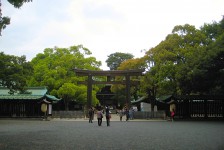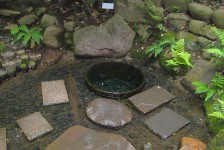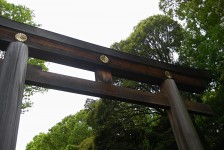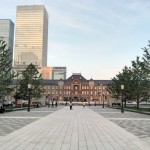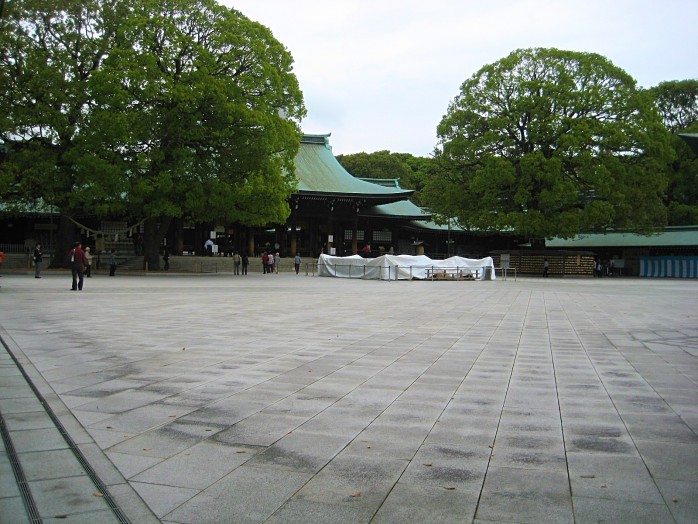
Tokyo of Japanese capital city was called Edo formerly.
The Tokugawa regime that was established by Ieyasu Tokugawa was located in Edo for 250 years from 1603 to 1868.
It seems that population of Edo was more than 1 million in the beginning of 18 century. The representative city of Europe in the beginning of 19 century were London 860 thousand and Paris 540 thousand, so it is presumed that the population of Edo in the beginning of 18 century was the greatest in the world.
After changing name from Edo to Tokyo, the city has grown, and now it was metamorphosed into the biggest megacity in the world.
The definition of megacity is vague, but according to the bureau of statistics of the United Nations “ Megacity is the area that the population for accumulation area of city that continue artificial building and residential area is more than 10 million at least”.
The urban area with a focus on Tokyo is commanding No.1 megacity.
Tokyo (Japan) = 36.7 million
Delhi (India) = 22.2 million
Sao Paulo = 20.3 million
Meiji Shrine is placed in the center of such the megacity.
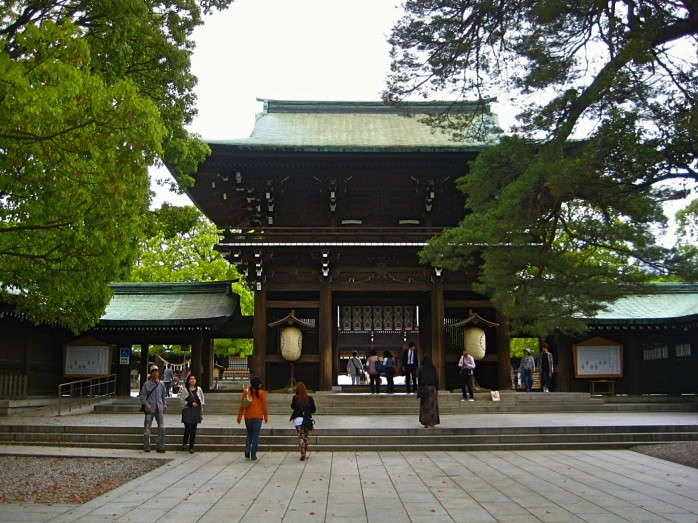

The regime of Tokugawa family ended in 1867, and the Meiji Restoration shifted the reign to new government.
The Emperor Meiji acceded to the throne at that time.
Meiji Shrine enshrines The Emperor Meiji.
There are many interesting distinctiveness in Meiji Shrine.
○New Year’s visitors to Meiji Shrine for 4 days until the first three days of the new year from the last day of the year is 3 million people. The number is the best in Japan.
○The torii is the biggest in Japan. height=12m, width=17.1m, diameter of column=1.2m, weight=13t.
(*Torii is traditional Japanese gate most commonly found at the entrance of or within a Shinto shrine.)
 ↑Torii
↑Torii
○There isn’t blessing and also curse in O-mikuji.
(*O-mikuji are random fortunes written on strips of paper at Shinto shrines in Japan. Usually, there are including blessing and curse in o-mikuji.
○Hama-ya of Meiji Shrine is called Shugo-ya.
(Hama-ya is lucky apotropaic charms of shrines. Hama means “destroy devil”. Shugo means “defend oneself”. Basically, Hama-ya is general name.)
○Koma-inu of Meiji Shrine is inside of the main building not on the approach.
(Koma-inu is guardian lion-dog at Shinto shrine. Basically Koma-inu is on the approach.)
And, last one thing.
○The forest of Meiji Shrine is artificial forest of 100 thousand trees that is planted by donation from all over Japan.
Meiji Shrine is artificial oasis that is made in central of megacity.

And a well of spring exists in precinct of Meiji Shrine as if it symbolizes the oasis of city.
It is called “Kiyomasa-sei” , because It is said the well was dug by Kiyomasa Kato who is military commander of war states period in Japan.
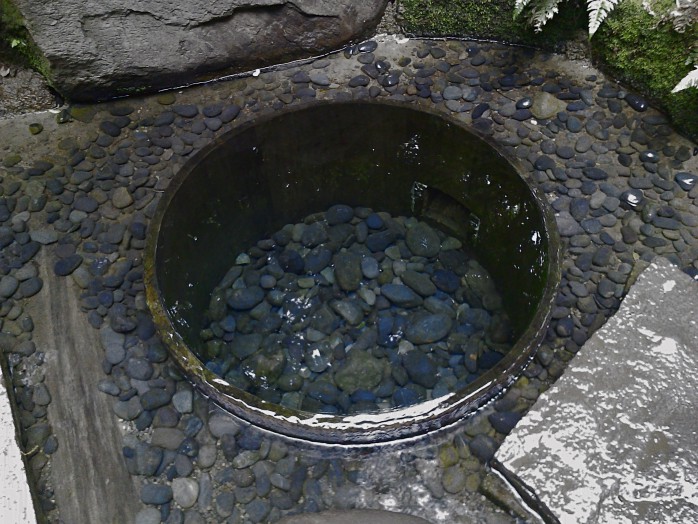
↑Kiyomasa-sei
The very fresh and clean water gush out in the well, and it is covered with mysterious atmosphere.
This well is popular as spiritual place in recent years, and it seems that some people set up as wallpaper of mobile phone.
It seems that this ground where clean water gush out is comfortable for animal also.
Even though central of the megacity that 36.7 million people of the population is concentrated, wild raccoon dog inhabit.
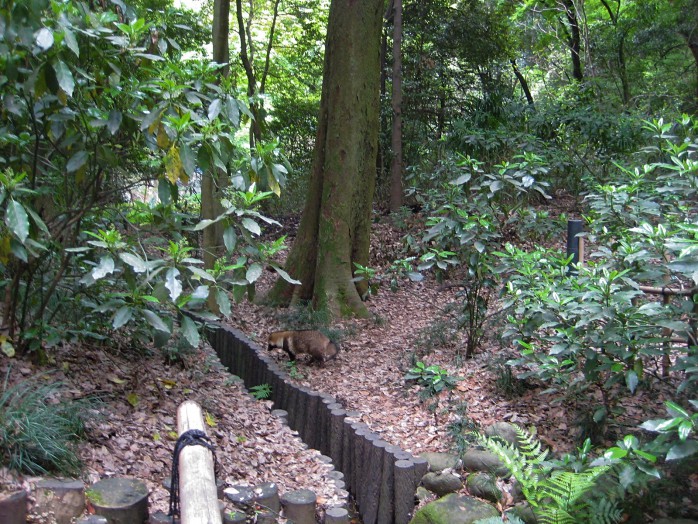
↑Raccoon dog
The clean water gush out and the wild raccoon dog inhabit, Meiji Shrine is oasis of city decidedly. The forest and raccoon dog of Meiji Shrine prove, no matter how urbanization progress, harmony with nature is possible.
If you are tired by the bustle of megacity Tokyo, please relax in city oasis Meiji Shrine.
<Japanese WEB site>
http://japan-history-travel.com/?p=388
http://japan-history-travel.com/?p=391
http://japan-history-travel.com/?p=395
<Location>
Meiji Shrine
1-1, Kamizono-cho, Yoyogi, Shibuya-ku, Tokyo
Post code: 151-8557

